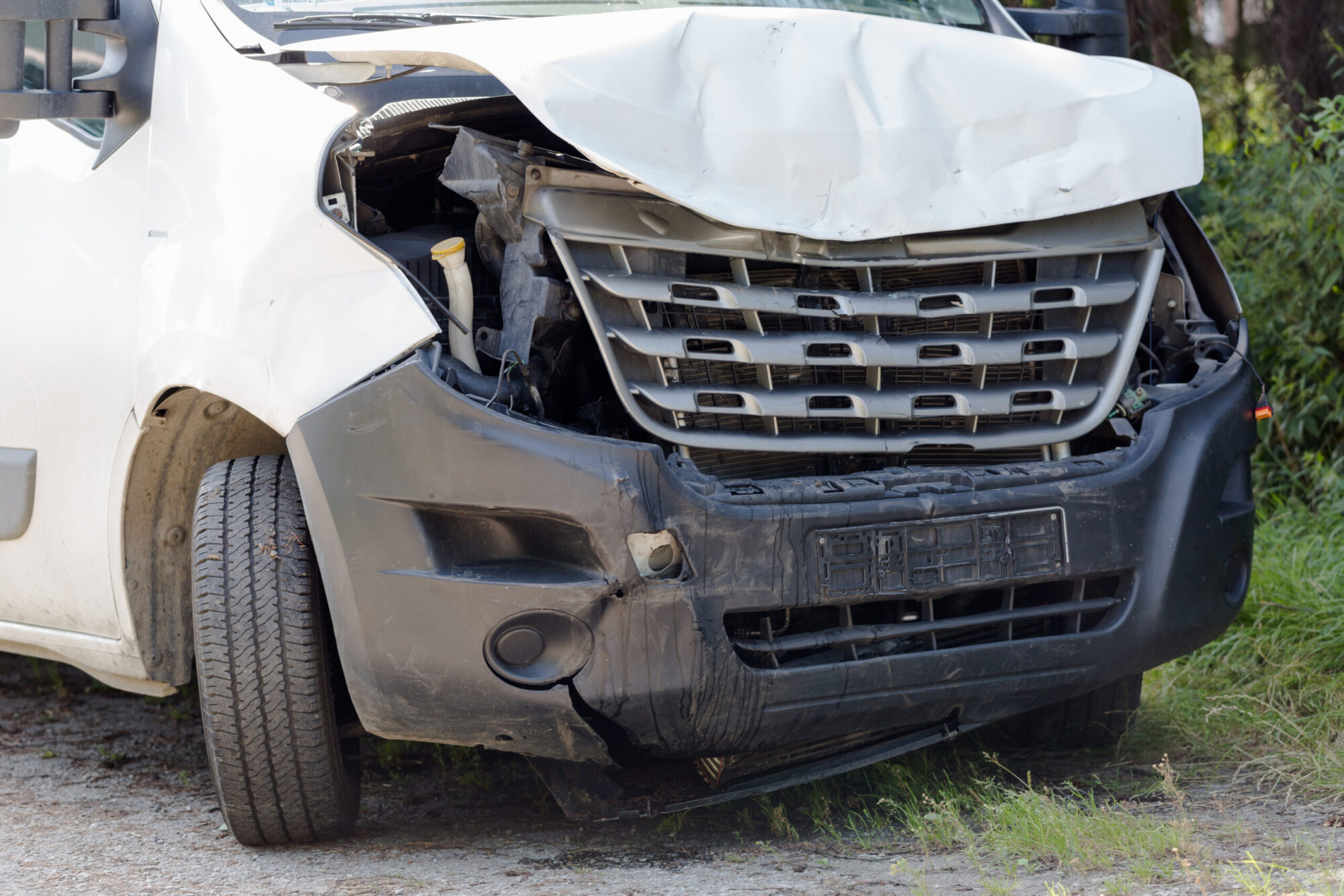
Van Driver Toolkit – Incident Reporting
Did you know?
- For road traffic collisions, details should be exchanged with all parties involved.
- If details are not exchanged, this should be done as soon as reasonably practicable, within 24 hours or reported to the Police.
- Drivers face a fine up to £5,000 and up to 10 penalty points on their licence, a potential driving ban and a prison sentence of up to 6 months for failing to stop or report an accident or collision.
It is an offence under Section 170 Road Traffic Act 1988 to fail to stop at the scene of an accident.
Drivers must report any work-related
